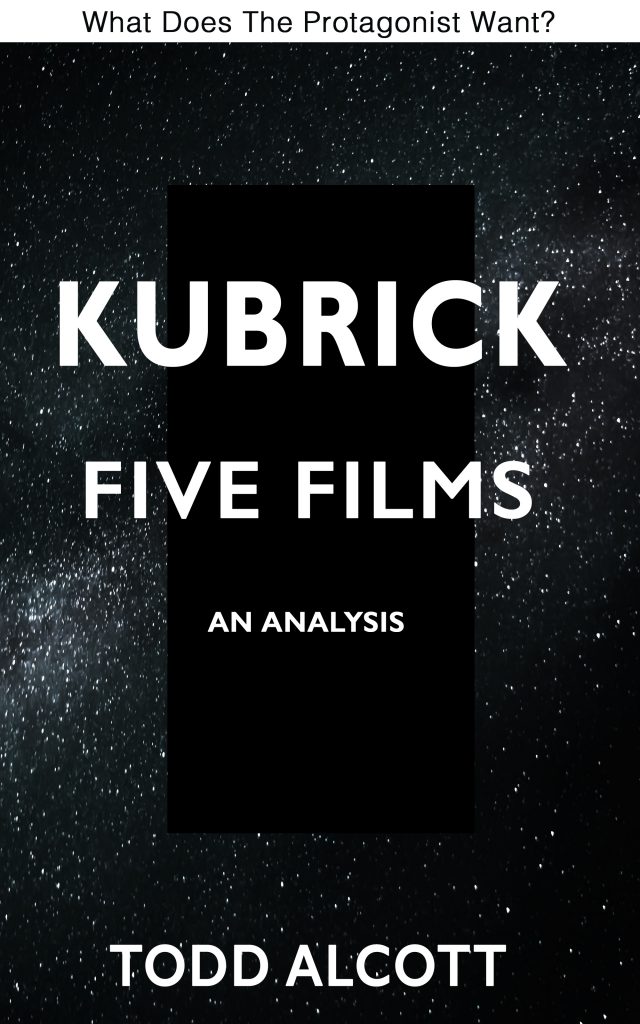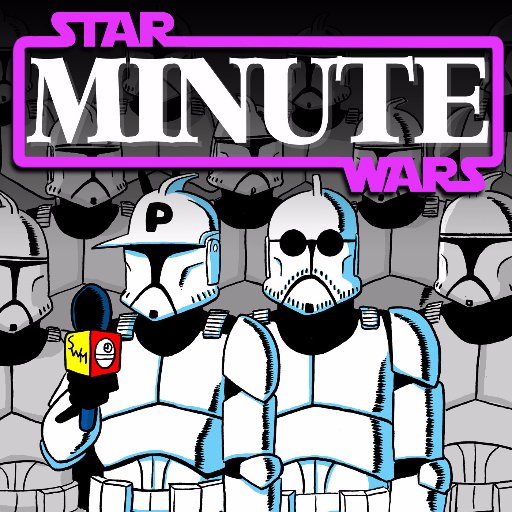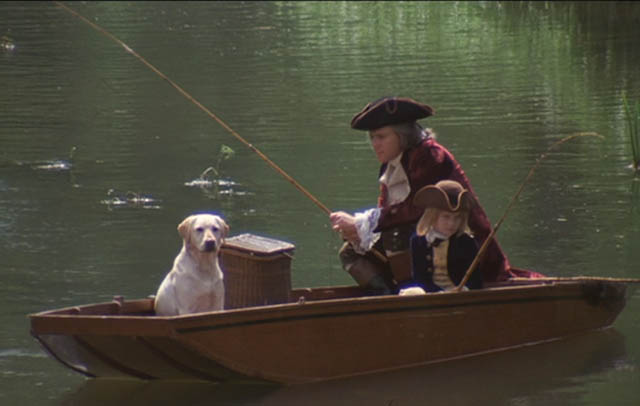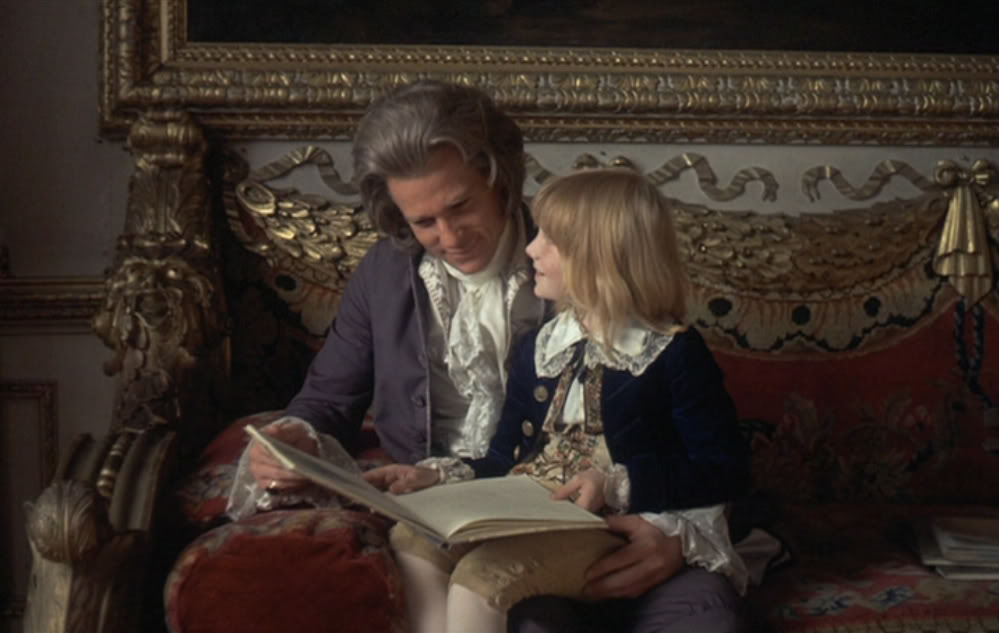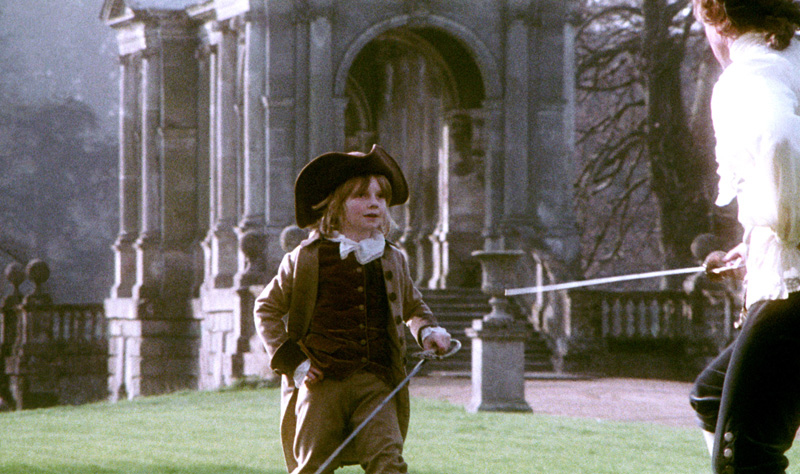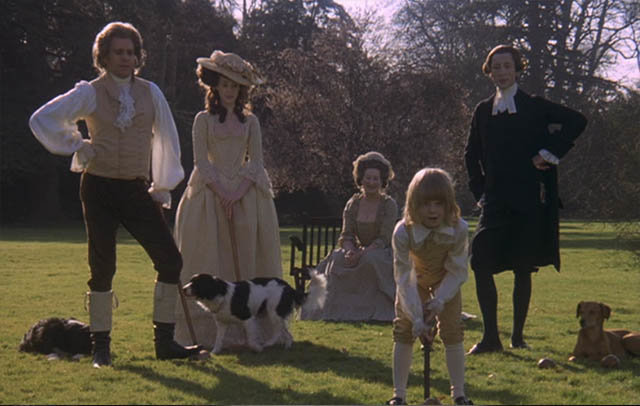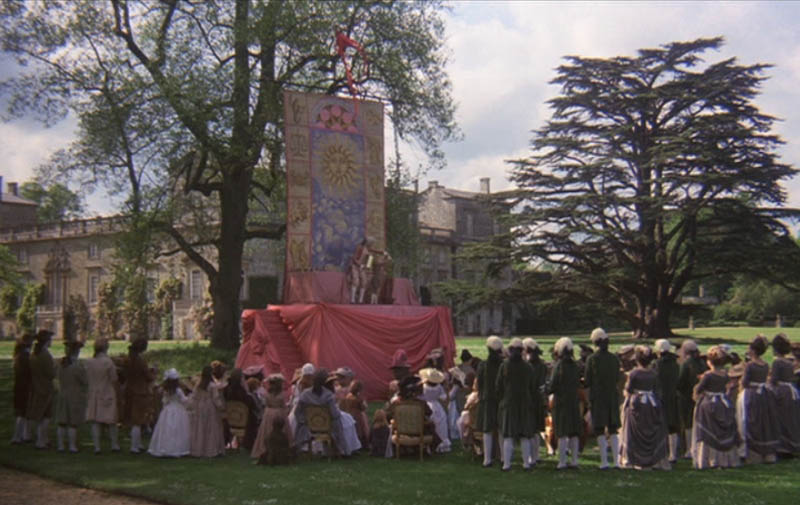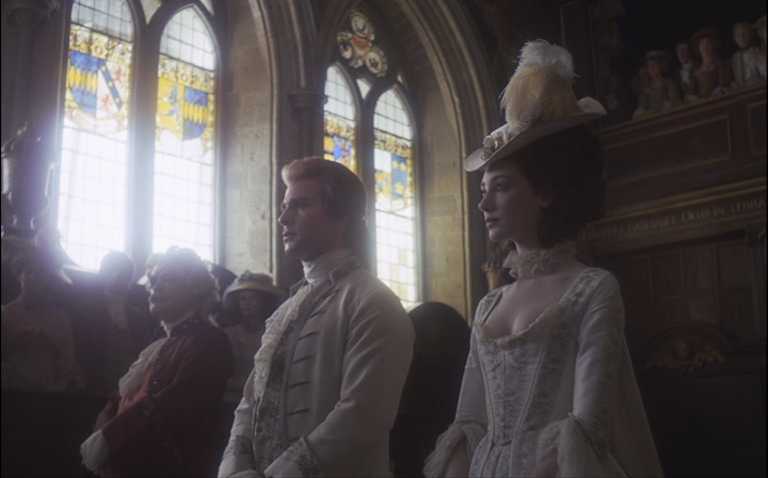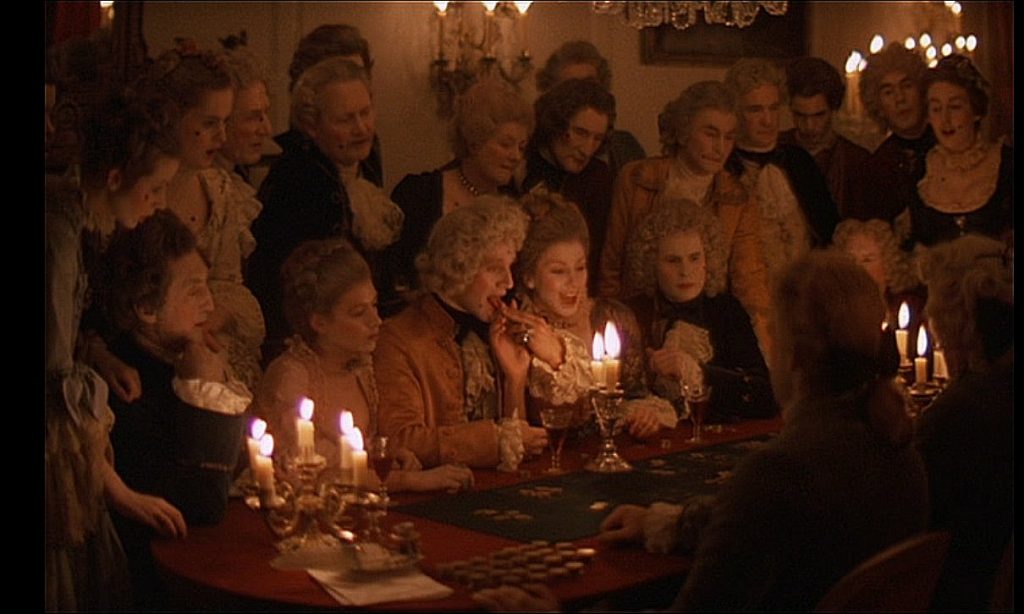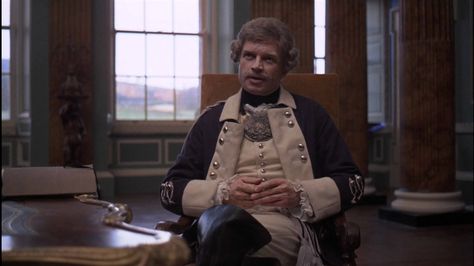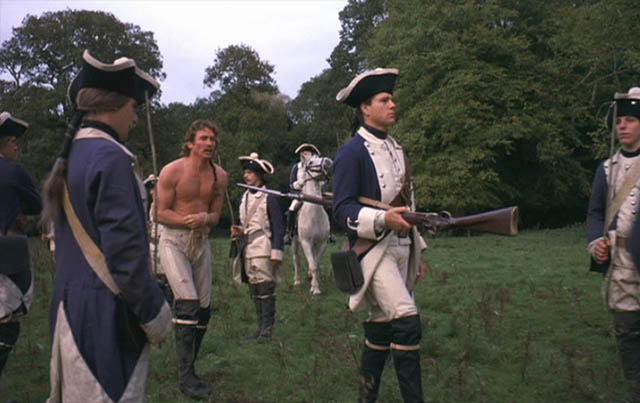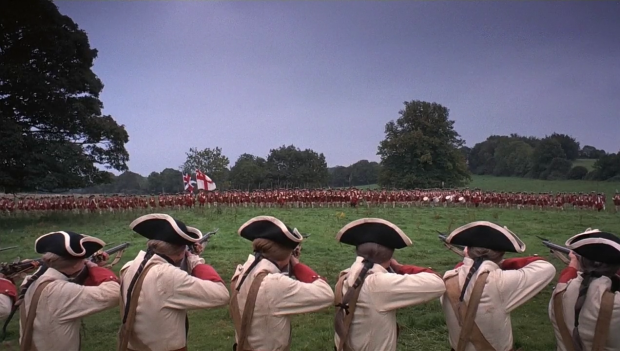The first time the WGA changed my life

In the summer of 1995, a studio executive at Dreamworks, Nina Jacobson, read a script of mine that had gotten some attention in Hollywood, and had a meeting with me in New York. We got along great and, months later, she called me up with an unusual question: would I like to write an animated movie about talking ants?
I had never written an animated movie before, and didn’t really consider it my “area.” I was a “downtown playwright” living in a crappy apartment on 12th St in Manhattan, where prostitutes regularly waited for clients. I was “edgy.” I wrote plays about serial killers and psychic phenomena. But, I reasoned, if I was going to write an animated movie, it might as well be for Jeffrey Katzenberg, the man who had spearheaded the Disney Renaissance with the movies The Little Mermaid, Beauty and the Beast, Aladdin, and a little bauble called The Lion King.
Nina flew me to Hollywood and treated me very, very well. Everyone at Dreamworks treated me very, very well. I got to meet Steven Spielberg, who gushed to me about how much he loved the screenplay that had gotten Nina’s attention, a moment that I will cherish forever.
Most importantly, I got to take a master class in screenwriting, directly from Jeffrey Katzenberg, who had no patience for any writer’s indulgences beyond “WHAT DOES THE GUY WANT?” a phrase he reiterated so often, I wrote it down on a postcard and stuck it over my desk. Because, after all, that is, in fact, the only question a screenwriter should ever be asking, or answering: What does the guy (ie, the protagonist) want?
It wasn’t easy, going from being a smartass downtown playwright to efficient Hollywood scribe, and, looking back on those days, I’m consistently amazed at how well I was treated by the entire staff of the studio, how patient and kind they were to a screenwriter who, literally, didn’t understand the first thing about writing screenplays.
The early days of writing the script for Antz went like this: Nina and I would meet in the morning, talk through the story, and then I’d go write a treatment based on the conversation we’d had. When Nina felt like the story was good enough to take to Jeffrey, we’d have a meeting in his office, or we’d have a meeting with Walter and Laurie Parkes, who were also higher-ups in the Dreamworks production team. Jeffrey, or Walter and Laurie, would listen to the story and give us notes, and then Nina and I would talk over the notes, and then I’d write another treatment.
There would be occasional guest stars. The wonderful screenwriter Zak Penn had been hired on a consultant on the script (Nina had asked Zak to write the script before me, but he was busy working on another project). Zak was a big deal at the time, and was also extremely kind and patient with me as I fumbled my way through the development process. The great writing team Ted Elliott and Terry Rossio were on the staff of Dreamworks at the time as sort of free-floating story doctors, and they were also extremely kind and patient with me, sharing their wisdom and humor freely with me. Steven Spielberg sat in on a story meeting at one point and offered his own take on the material. And there were other Dreamworks executives and producers who weighed in on various aspects of the story. To say nothing of the visual consultants who were hired to create vision boards to help me in getting a better picture of the movie I was writing.
In all, I wrote 30 treatments for Antz before being given the green light to write the script. Some of those treatments were as short as two pages or as long as forty.
I was paid for none of them. Those treatments that I wrote over months of development were all just part of the audition process, the same audition process that any writer has to go through in Hollywood in order to get a job writing a screenplay.
I didn’t care, of course, I was a smartass downtown playwright who was staying at the Chateau Marmont, being fed every day by Steven Spielberg’s personal chef, dining at Beverly Hills restaurants with some of the most powerful people in the industry and having an amazing time. The studio even flew me to Chicago for a weekend because I was doing my one-man show there. They showed me nothing but respect and affection.
The day finally came, after about six months of work, that Jeffrey listened to my pitch, said “Yep, that’s it,” and then purchased, for $40 million, an entire animation studio in Palo Alto, and then put me on David Geffen’s private jet to go meet with the directors and dozens of animators who were working to bring my cinematic notions to life.
All very head-spinning stuff for a smartass downtown playwright!I was finally formally hired to write two drafts of a screenplay. I only wrote one, but they paid my contract in full. They then hired Chris and Paul Weitz, an up-and-coming screenwriting brother team, to take over for me. Chris and Paul, I should also note, were ALSO very kind to me, and were cheerful, solicitous and complimentary colleagues for the time we worked together. Chris and Paul, of course, went on to write and direct many, many fine motion pictures.
I didn’t mind being replaced on Antz. Writers in Hollywood get replaced all the time, for a variety of reasons, there’s no reason to take it personally.
Shortly before the movie opened, Nina called me to tell me that the Weitz brothers’ representatives had contacted the studio to alert them that they were seeking to have my name removed from the credits for Antz. It’s easy to see their logic: I had worked on the script for six months, and they had worked on it for two years. What’s more, they had personally worked alongside the directors and animators to best present the most coherent version of the material possible. They had worked hard on the movie, and they felt a sense of ownership. I can’t blame them, I would have too!
Jeffrey Katzenberg, to his everlasting credit, told the Weitz’s reps that, yes, their clients were welcome to challenge the studio’s credit assignment. However, although the movie was animated, and therefore did not fall under the jurisdiction of the WGA, the studio would hire a WGA arbitrator to arbitrate the credit assignment according to WGA rules.
At that point, the Weitz’s reps dropped the complaint and the movie came out with my credit intact. Because, under the arbitration rules of the WGA, they ran the risk of having THEIR names, not mine, removed from the credits. Because the WGA values, above all, the work that the first writer does. Whoever comes after the first writer of a screenplay faces significant hurdles in trying to claim the work as solely their own, under the rules of the WGA.
Just as I did not want to see my credit taken off Antz, I also did not want to see the Weitz’s credit taken off either. They did an incredible amount of work, and under the pressure of a deadline, with a million moving parts churning all around them. My hat’s off to them and all the other people who made the movie what it is. There are no villains here. But without the WGA, I would not have the one hit-movie credit I do.
Of course, I receive no residuals from Antz, because, being animated, it does not fall under the jurisdiction of the WGA.
Kubrick book
Hey folks, my new book on Kubrick, gathering my analyses of Dr. Strangelove, 2001: A Space Odyssey, A Clockwork Orange, Barry Lyndon and The Shining is now available where finer books are sold (meaning: Amazon). Pick up a copy for your electronic device, or, if you like paper things, it’s available as a paper thing!
Kubrick: Barry Lyndon part 9
Scene 92-96. Barry’s plans for becoming a gentleman have come to nothing. He still lives in a nice house, still has access to money, still has a beautiful wife (who apparently loves him more than he deserves) but he will never be a true gentleman. His violent streak — that is, his tendency to deliver violence on his own terms, rather than through money or an intermediary — has put an end to that dream forever.
Without social advancement, what does he have left? The answer, oddly enough, is “love.” Barry loves his son Bryan with great abandon. We’re treated to the longest “montage” yet in Barry Lyndon — five scenes of Barry interacting with Bryan and being a loving, indulgent father. He fishes with him, reads to him, teaches him how to fence, plays croquet with him, and takes him horseback riding. The narrator deepens the images with background on how Barry feels about the boy, and also spoils their love by announcing that the boy is doomed to die young.
There’s another way to read the montage, of course — Barry wants social advancement, and he threw that chance away when he kidney-punched his stepson in a packed recital hall. So in order to achieve the gentlemanly status he craves, he employs the oldest trick in the book: he chooses to achieve his goal through his progeny. And while that reading is more cynical, it also indicates that Barry, at this stage of his life, has at least begun to think outside himself, to understand life on a more cosmic level, to see himself as part of a continuum.
Kubrick: Barry Lyndon part 8
Scene 75. As Act VIII of Barry Lyndon begins, we’re treated to a rare explicit time jump. Barry’s son Bryan is now 8 years old and is, it appears, a very happy little boy. Lord Bullingdon, meanwhile, has grown from an anxious little boy to an anxious young man, still sitting at his mother’s knee, still holding her hand, now wearing the white makeup and powdered wig of his station as a young lord.
The scene is Bryan’s eighth birthday party, and all of Lady Lyndon’s friends are there, as well as Barry’s mother. Barry, we could say, has arrived. He’s got access to wealth, he’s got wonderful social status, he’s got a beautiful wife whom he treats terribly, he’s got loads of friends and he’s having sex with every lady who meets his gaze.
Appropriately, the scene illustrating this is a magic show. A magician performs routine sleight-of-hand and conjuring tricks for Bryan as the crowd smiles and applauds, and we’re reminded that Barry’s life is a kind of magic trick of its own. Deception, trickery, showmanship and style got Barry where he is, and the deeper suggestion of the narrative is that everyone there at the party, indeed, everyone in the movie, has achieved their social status through some combination of thuggishness, trickery and deceit.
Kubrick: Barry Lyndon part 7
SCENE 63. We come back from intermission to find a title card announcing that the remainder of Barry Lyndon will be about Barry’s fall from good fortune. The first part of the movie — the first six acts — were about Barry’s rise to wealth and power, and the second part will concern his undoing.
That would make Scene 63, which shows the wedding of Barry to Lady Lyndon, dramatically, the pinnacle of Barry’s joy. He’s gone from being a love-sick middle-class goon to being married to a genuine capital-L Lady. He’s been re-born a number of times so far in the movie, but the wedding is the moment where he has finally, he feels, entered into his true domain: a gentleman of wealth and taste.
We see Barry’s allies in attendance at his wedding: the Chevalier de Balibari and his mother are both there lending their support. If Barry’s mother sees anything untoward in her son’s marriage, she doesn’t show it: she, too, seems to feel that she has finally entered her proper sphere at the mother to a gentleman of wealth and taste.
Reverend Runt performs the ceremony, and Kubrick gives special emphasis on the nature of marriage among nobles in 1773. Marriage, says Runt, is what saves humans from acting “in carnal lust, like brute beasts,” and that marriage is something to be entered into “soberly, and in the fear of God.” We can almost see Barry’s smirk — he’s seen enough of life in the Seven Years’ War to know that men are brute beasts, and enough injustice to know there is no God.
Where are our themes now? Runt addresses violence in its absence, Barry has reached the pinnacle of his social climb, and love, we are meant to gather, is nowhere in evidence.
The scene also suggests the question, what does Lady Lyndon want out of this? Does she think Barry is actually a gentleman, or has he merely succeeded in flattering her to the point where she doesn’t care? As the narrative progresses, her son Lord Bullingdon (here seen staring daggers at Barry during the wedding ceremony) routinely accuses Barry of being, well, of being who he is: a base-born Irish social climber. Lady Lyndon’s husband Charles bellowed the same thing, so it’s hard to imagine that the thought never crossed the Lady’s mind. On the other hand, Lady Lyndon is still young, and, based on the evidence, did not have a satisfying sex life with her husband. The narrative does not say, but one wonders how Lady Lyndon ended up married to Charles in the first place. They have an 11-year-old son, so she must have been quite young when she was married off to Sir Charles. Maybe she was traded to Sir Charles by her own father, who was a social climber much like Barry. Maybe she knows, to some extent anyway, who Barry is and what a fraud he is, and accepts him on face value. In any case, suffice to say, the movie does not dig very deep below the surface of Lady Lyndon’s motivations: she remains, almost entirely, a porcelain doll in a gilded case.
Kubrick: Barry Lyndon part 6
SCENE 54. Barry Lyndon now enters its sixth act. Barry has been a love-struck goon, a British soldier, a fugitive, a Prussian soldier, a Prussian spy, and is now reborn, again, as a high-society gambler. We now find him at the side of his third surrogate father, the Chevalier de Balibari, as he practices his trade of cheating at cards.
How do we feel about Barry now? We’ve just smiled at him and the Chevalier pulling the wool over the Prussians’ eyes with an Ocean’s 11-level switcheroo. Now we see him, with white-powdered face and ultra-fancy dress, helping the Chevalier con a lord who is portrayed as a simpering, preening idiot. It feels to us like Barry has gotten a leg over this business of social climbing, and if he did so by being a liar, a cheat and a thief, well, we’re okay with that, because those rich snobs deserve what they get.
Where are our themes? Well, the narrator informs us that Barry has decided, now and forever, to live life as a gentleman, and he’s now at a gaming table in a royal court, so that’s our theme of social advancement. “Living as a gentleman,” of course, means lying and cheating, which is one of the more trenchant observations of Barry Lyndon. Love enters the scene in the form of Lord Ludd, who is playing against the Chevalier under the handicap of being distracted by numerous comely young royal personages, literally nibbling their fingertips fielding multiple kisses and whispered comments while trying, not very hard, to concentrate on the game, so distracted that he misses the oldest trick in the book, the Chevalier producing a card from up his sleeve. As for violence, Kubrick puts it in the cut as this scene sets up the violence and the next one pays it off.
Kubrick: Barry Lyndon part 5
SCENE 45. Barry Lyndon now enters a transitional kind of act, where Barry transfers from father-figure Potzdorf to father-figure Balibari. He’s saved Potzdorf’s life during the war (why, we do not know) and has ingratiated himself into Potzdorf’s confidence. He declares a few times that he’s loyal to Potzdorf and the Prussian army, and it’s worth considering for a moment whether or not he’s being sincere in those moments. After all, he had no way of knowing that saving Potzdorf’s life would make his fortune. So perhaps he was merely being a decent human being, and perhaps he saw an opportunity for advancement. Which is another way of saying that, again, the three themes of the movie come together in that moment: in a moment of violence, Barry commits an act of love that is also a means to better his social standing.
In any case, here we are, it’s after the war, and Potzdorf recommends Barry for a place in the police force as a kind of 18th-century undercover officer. In one of the very few expository scenes in the entire movie, Potzdorf explains Barry’s new job to him: he is to position himself as an assistant to a local gambling figure, the Chevalier de Balibari, and find out if he is who he says he is. (It’s not made clear what the police’s interest is in Balibari, but, in addition to being a pretender — that is to say, a liar, the ultimate epithet in Barry Lyndon — he is also a card cheat. This is much clearer in the novel.) The remainder of the act is one of the few sustained plot lines in the narrative, and is almost a little 18th-century caper movie.
Kubrick: Barry Lyndon part 4
SCENE 40. So, Barry has been arrested as an impostor and is now re-born as a Prussian footsoldier. And, although it is Barry who is re-born, it is an unnamed soldier who is spanked as Barry leads him through “the gauntlet.” The narrator informs us that Barry has definitely fallen from the frying pan to the fire, that the rules of being a Prussian footsoldier are quite a bit more unfair than those of the British. The primary factoid that the narrator imparts during the gauntlet scene is that the gauntlet is a common punishment and “every officer had the right to inflict it.”
So, again, our three themes are present. Violence, here, is the first, most noticeable one, as the gauntlet of whipping goes on. Social mobility is present both “in the cut” as Barry goes from being a British officer to a Prussian footsoldier, and in his relative status to the poor guy being whipped, and in the narration as the narrator tells us that officers have “the right” to have violence inflicted on those of lower social standing for whatever reason they choose, just as kings have “the right” to push their armies across the globe to suffer and die for the king’s pleasure. Love is present in the form of Capt Potzdorf, who is on his horse (reflecting his elevated social status) in the background, overseeing the beating (beatings must be properly administered, otherwise how do offenders learn?). When I say that love is present in the form of Potzdorf, I mean that it is present in its inverse, that Potzdorf is in the narrative as an inversion of the beloved Capt Grogan, who was Barry’s father figure in the British army. Which is not to say that Potzdorf hates Barry, necessarily, only that his relationship to Barry is designed to reflect Grogan’s unconditional love.
(There is, after all, a whole other plotline present in Barry Lyndon regarding Barry’s search for a man to replace his dead father, or, rather, the manner in which the universe presents father figures to Barry for him to choose until he’s ready to become a father himself. First Grogan, now Potzdorf, and, soon enough, the Chevalier du Balibari.)
Kubrick: Barry Lyndon part 3
SCENE 25. Following some mysterious stock footage of a ship while the narrator explains the Barry is sailing to Germany to fight in the Seven Years War, midway through Act II of Barry Lyndon, we get what passes, in this peculiar cinematic narrative, for an action set piece. Barry’s regiment faces down some French troops, which the narrator describes as “a tiny skirmish, unrecorded by history.” To a present-day viewer — or to a viewer in 1975 — the sequence is mind-boggling in its cold violence. The British troops, true to the engagement strategies of the day, wear red against the greenery of the field, and march in a wide, straight line toward their attackers, who are similarly arrayed. The French soldiers mow down row after row of British troops with volleys from their flintlock muskets, as the British implacably approach.
I’m not a military historian, so the logic of this attack strategy in its context is lost to me, as it would be to any viewer in 1975, with the Vietnam war freshly over and World War II within living memory. But even the battle sequence in Kubrick’s Spartacus presents an enemy less suicidal than the British here. I’m sure strategy has been worked out on paper by generals somewhere, so many men per unit, so much ground covered in x amount of time, so many guns, so many bayonets, etc. But this is the first time in the movie that violence, on a massive scale, is recorded in closeup, and the effect is, like any classic Kubrick sequence, is both sweeping in its scale and chilling in its dispassion. You can compare the British attack on the French in Barry Lyndon to the murder of Frank Poole in 2oo1 or to the end of the world set to a Vera Lynn song in Dr. Strangelove.
